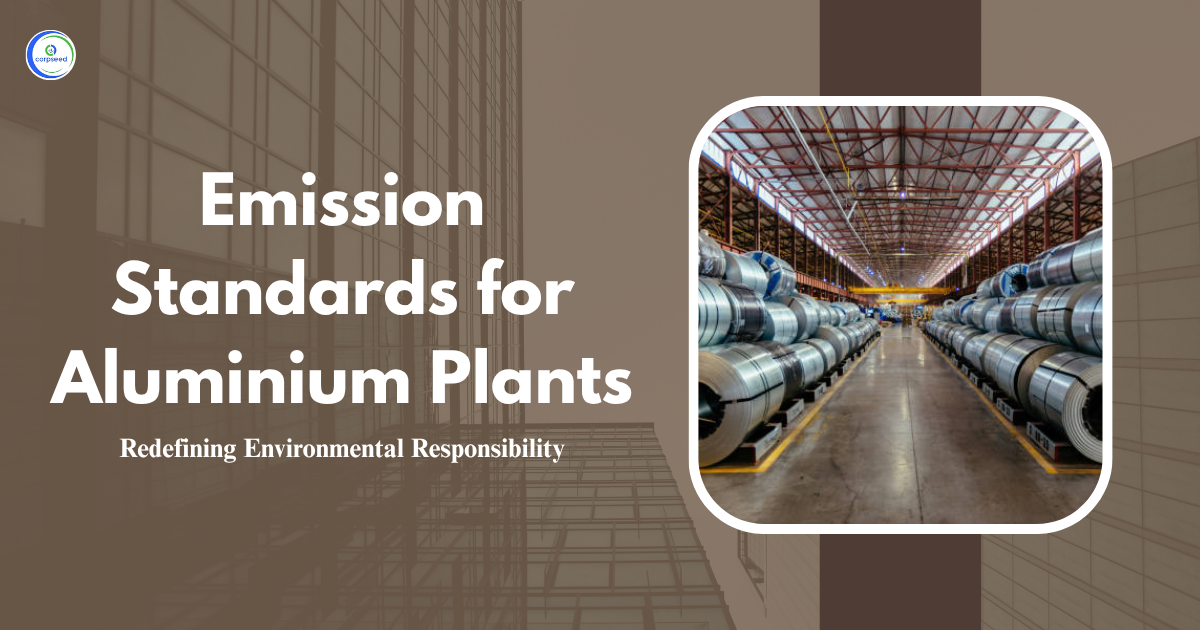What is Environment Clearance?
Environmental clearance is a technique for obtaining government approval for undertakings that pollute the environment. The government has compiled a list of projects that require environmental approval, such as mining, thermal power plants, and infrastructure. The projects are divided into two categories in the EIA Notification: Category A and Category B. Category A projects are approved by the Ministry of Environment, Forestry, and Climate Change, whereas Category B projects are approved by the State Environmental Impact Assessment Authority. The environmental clearance procedure is required for 39 different types of projects and includes factors such as project screening, scoping, and evaluation. The major goal is to assess the project's impact on the environment and people and to try to mitigate or eliminate it.
Table of Contents
- What is Environment Clearance?
- Why EIA is important?
- Types and Categories of Environmental Clearance Regulation
- Environmental Clearances for projects are divided into two categories.
- Procedure for Environmental Clearance
- Objectives of Environmental Clearance
- Current Scenario of Environmental Clearance Regulations
- Projects Or Activities Requiring Prior Environmental Clearance
--------------Blog Contact Form-------------
People all throughout the world ceased caring about the environment after independence and the Industrial Revolution in order to defend and secure their own personal interests and benefits. We can also claim that the arrival of the industry has resulted in several changes in our lifestyle and environment. As a result, environmental knowledge and concern for environmental conservation have declined over time. This is the primary reason that several laws and actions have been adopted to enforce this topic under the Indian Constitution. The Shore Nuisance (Bombay and Kolaba) Act, 1853, was India's first environmental legislation. Following then, the country's Environmental Laws saw a significant number of enactments, one of which was related to the Environmental Clearance Regulation. Environmental Clearance Regulation is an example of a mechanism that stifles public activity in the name of environmental protection.
Why EIA is important?
One of the essential principles of a successful EIA process is public participation. It not only allows those who are directly impacted by a project to express their opinions on the proposal's environmental and social implications, but it also ensures that the environmental clearance system is transparent. Almost all EIA systems include some form of public participation. This could be done by public consultation (or discourse) or participation (which is a more interactive and intensive process of stakeholder engagement).
Rather than participation, the majority of EIA processes are conducted through public consultation. The process through which local residents' concerns about a project's negative effects are ascertained and taken into consideration in the EIA study is known as public consultation. In 1997, the concept of a "public hearing" was legally adopted in India. Since then, most projects and activities have required a public hearing as part of the environmental clearance procedure.
The public engagement process ensures that decisions are made in an equal and fair manner, leading to better environmental outcomes. From project to project, the sort of consultation, who to consult during EIA activities, when and how to do it, and who should do it all differ greatly. This is dependent on the project's requirements. It is, nonetheless, an essential component for all types of projects. Because public consultations serve to alleviate local community concerns and decrease erroneous information in the EIA report, they are beneficial.
Ideally, public participation should begin as soon as the project concept is created and continue throughout the EIA process. Screening, scoping, impact analysis and mitigation, assessment of EIA quality, implementation and follow-up are the five primary stages in the EIA process where public participation is possible.
In India, The public's role in the environmental clearance procedure is quite limited. When the EIA report has already been generated and the proponent is going to present it to the review committee for permission, public consultation occurs at a very late stage. This means that the EIA research will not be able to address the public's concerns and worries. Even if neighbourhood people express objections during the public hearing process, they have no way of knowing if they are addressed in the final EIA report because they do not have access to it. The public hearing procedure as it stands currently has a number of flaws. It has devolved into a procedural rather than a participating forum.
There was an opportunity to remedy some of these flaws in the revised notification and give the entire public hearing process more teeth. However, the revised notification offers little change; instead, it now includes a clause that allows the public hearing procedure to be completely bypassed if the local administration determines that the environment is not suitable for hearings. This clause could be abused to further limit the public's engagement in the process.
In the past, there have been various instances where the public hearing procedure has failed to achieve its goal of adequately involving people in the clearance process. Several methods have been devised to keep the public away, including poor notice distribution, politics, and so on.
Read Our Blog: Environmental Impact Analysis
Types and Categories of Environmental Clearance Regulation
Primarily, there are around 39 categories of industrial projects that are required to undergo mandatory environmental screening, and those upcoming projects encompass aspects of screening, scoping, and evaluation. The sole goal of this is to examine the environmental implications of the planned project and to determine how harmful it will be. After examining the implications and repercussions, it is determined that they will be minimised.
Environmental Clearances for projects are divided into two categories.
There are two types of projects for the same:
- Category A: - In order to be developed and managed, these projects require mandatory environmental approval. Because environmental permission is required, most of these projects do not even go through the screening procedure. Projects that fall into this category must be approved by the Ministry of Environment, Forestry, and Climate Change.
- Category B: - These planned projects are required to go through a screening process. They seek permission from the state government. Projects that fit into this category are further divided into two types: B1 and B2. The sole distinction between these two is that B2 Type projects are exempt from having to prepare an EIA Report. The Appraisal Committee, however, may request an EIA study based on the project. On May 9, 2012, the case Ranubha V. Union was held as an example of this category.
There is also an exception here, in India. The Industrial projects that are located in any of the following geographical areas require environmental clearance irrespective of the type of project that they are:
- Archaeological monuments
- Scenic areas
- Religious and Historic places
- Beach resorts
- Hill resorts
- Coastal areas that are highly rich in mangroves, breeding grounds of specific species.
- Gulf areas
- Estuaries
- Biosphere reserves
- National lakes and swamps
- National Parks and sanctuaries
- Seismic Zones
- Areas of scientific and geological interests
- Tribal Settlements
- Defence installations
- Border areas
- Airports
Procedure for Environmental Clearance
The Environmental Clearance procedure also includes an Environmental Impact Assessment (EIA).
The procedure for obtaining Environmental Clearance includes the following phases, which must be fulfilled in order to obtain Environmental Clearance for a proposed project:
- IDENTIFICATION OF THE LOCATION: The location for the proposed project should always be chosen in accordance with the current criteria. If the project site does not meet the existing requirements in any way, the proponent for the site must find another location that does.
- SCREENING: The project proponent must next determine which type of project the proposed or upcoming project belongs to and then decide whether or not the project requires an environmental clearance, whether or not an EIA is required, and by whom, based on the project's categorization.
- PUBLIC HEARING: This is a required stage in the environmental clearance procedure for some projects. This is a requirement of the EIA. It encourages members of the public in the geographical area where the proposed project is to be developed to come forward and express their opinions and concerns about the project to the government. With regard to the project, this procedure has a significant impact on Environmental Clearance and Government.
- APPLICATION: The proponent must complete an online application procedure. For environmental clearance, the proponent must submit an online application. Category a projects apply for clearance on the MoEFCC website, whereas category B projects seek clearance on the State website.
- ENVIRONMENTAL APPRAISAL: The disciplinary committee examines the materials that the project proponent has presented. If necessary, a site visit may also be done.
Read Our Blog: Environmental Clearance Process in India
Objectives of Environmental Clearance
- The major goal of environmental clearing is to lessen the environmental harm that has been occurring for years as a result of industrialisation, as people have lost interest in the environment.
- Environmental rules and safeguards must also be used to protect the environment in every manner feasible.
- One of the key goals of Environmental Clearance is to determine how the proposed development would affect the environment and people.
- It also aims to mitigate the negative effects of the forthcoming project with alternatives and preventive actions through the EIA Report.
- Environmental Clearance is entirely responsible for monitoring and limiting all potential public and environmental harm caused by forthcoming projects.
Current Scenario of Environmental Clearance Regulations
The Indian government's Environment Ministry recently suggested a new set of guidelines that will govern the entire country's environmental clearance procedure for industrial developments. Dams, mines, roadways, and other infrastructure projects are among them. These new criteria appear to be stacked substantially in favour of industrialization.
Many behaviours that were previously considered an offence or illegal have been legitimised in this new draught notification. For example, some projects (listed in the notification) do not require environmental clearance before construction may begin.
After reading the new draught and set of rules, we can plainly declare that the public consultation process will soon be weakened in order to obtain environmental clearance, and this is because the government has given the public hearing very little weight in its new set of rules. Even while public hearings are stated to be highly significant in the environmental clearance process because the local residents of a particular region or the general public are stakeholders of the project, their opinions must be considered when planning the project, the latest draught sees a difference.
The Ministry has proposed expanding the list of projects that do not require any kind of public hearing before receiving environmental clearance in the most recent draught. The proposal stated unequivocally that public hearings are not required for initiatives involving modernisation (eg- irrigation projects, etc.).
In addition, a Supreme Court Order expresses disapproval of industrial projects that run, or have previously operated, without environmental clearance, stating that allowing such operations will cause significant environmental harm. The order was issued in a case involving three industrial facilities that were operating without appropriate environmental permits. The Supreme Court ruled on April 1, 20 that progress must be accompanied by an "ecologically sensible approach."
The environment ministry has also proposed in the current draught of the EIA notification 2020 to give a lifeline to any industrial projects that have begun or will start functioning without proper environmental clearance from the competent authorities. This draught will take the place of the 2006 EIA notification.
Projects Or Activities Requiring Prior Environmental Clearance
Mining, extraction of natural resources and power generation (for a specified production capacity)
In India, mining is a significant economic activity. India is a major exporter of iron ore, chromite, bauxite, mica, and manganese, and ranks sixth in terms of volume of production among mineral-producing countries. India's mining industry accounts for about 2.4 per cent of the country's GDP. While the private sector has participated in mining, the government continues to be the major participant in the domestic mining industry through its many public-sector entities. Much of India's mineral potential has yet to be completely exploited. Previously, government policy and legislation concentrated mostly on mine and mineral regulation rather than exploration and development. In response to the mineral industry's stagnation, the Indian government has implemented a number of reforms that allow for greater private sector participation in mineral exploration, mine development, and maintenance.
Primary Processing
- Coal washeries - Coal washing is a separation technique that uses the difference in Specific Gravity of Coal and related impurities such as shale, sand, and stones to produce reasonably pure marketable coal while preserving its physical qualities. Coal washing is a separation technique that uses the difference in Specific Gravity of Coal and related impurities such as shale, sand, and stones to produce reasonably pure marketable coal while preserving its physical qualities.
- Mineral beneficiation - Mineral beneficiation is the process of concentrating valuable elements of ore through a physical separation process. The primary goal of this phase in extractive metallurgy is to prepare the ore prior to downstream purifying procedures. Sample preparation, comminution, size classification, and concentration are the most common mineral beneficiation procedures.
Materials Production
- Metallurgical industries (ferrous & non-ferrous) - The ferrous and non-ferrous metals business is a vital part of the Indian economy because it serves a variety of industries such as engineering, electrical and electronics, infrastructure, automobiles and vehicle components, packaging, and so on. Ores and fossil fuels are mined from the earth, processed, and turned into metals, chemicals, and other processed materials as part of the materials cycle. Gases, dust, sludge or solutions, ashes, and a range of solid products such as overburden, waste rocks, tailings, and slag are all produced as wastes. They must be disposed of at a reasonable cost while causing the least amount of environmental damage possible. The analysis of baseline data, effect projection, and provision of more eco-friendly mitigation measures are the basic duties of stakeholders in order to realise the goal of less impact on our surroundings. The most important milestone in this procedure is the submission and presentation of work, as well as receiving approval from the federal and state assessment agencies. Post-EC monitoring activity, such as compliance with the EC's terms and half-year monitoring reports, must be filed on a regular basis.
- Cement plants - A type of plant that creates and produces cement and other cement-related goods with the precise amount of equipment, materials, machinery, space, technology, personnel, and management.
Materials Processing
- Petroleum refining industry - The petroleum refining sector produces about 2500 refined products, including liquefied petroleum gas, gasoline, kerosene, aviation fuel, diesel fuel, fuel oils, lubricating oils, and petrochemical feedstock.
- Coke oven plants and Coaltar processing units - The volatile compounds emitted from bituminous coal during its conversion to coke in high-temperature ovens in the absence of air are known as coke oven emissions. These emissions are complex mixtures of dust, vapours, and gases that typically include polycyclic aromatic hydrocarbons, aliphatic aldehydes and hydrocarbons, phenols, heterocyclic compounds, arsenic, cadmium, and mercury, and are caused by no carbonaceous materials present in coal prior to processing. Workers in the aluminium, steel, graphite, electrical, and construction industries may be exposed to coke oven pollutants. Coke oven emissions are categorised by the Environmental Protection Agency as a Group A proven human carcinogen, posing a risk to both workers and the environment.
- Asbestos milling and asbestos-based products - Asbestos is a fibrous-crystallized hydrated mineral silicate that occurs naturally (Mossman et al., 1990b). Asbestos is mineralogically divided into two groups: Serpentine, which includes Chrysotile, the most common type of asbestos, and Amphibole, which includes Actinolite, Amosite, Anthophyllite, Crocidolite, and Tremolite (Mossman et al., 1996, ATSDR, 2001). Both categories are physic–chemically distinct. Amphiboles are straight and rod-like structures, whereas chrysotile has a curled and stranded structure (ATSDR). Amphiboles are more brittle than chrysotile and appear to be dustier and fibrogenic (Mossman et al., 1990; Mossman and Gee, 1989). Asbestos fibres have unique features such as strong tensile strength, heat resistance, and chemical resistance without emitting any odour. Minerals crystallise into bundles of thousands of flexible fibrils that resemble organic fibres, according to mineralogists. Fibre, fibrous, asbestiform, and acicular are some of the terms used to describe asbestos and related materials. Fibrous refers to a crystallisation habit in which the fibres have a higher tensile strength and flexibility than crystals in other areas of the same mineral; asbestiform is a synonym for fibrous or occasionally refers to "like asbestos"; and acicular refers to a needle-like crystal.
- Chlor-alkali industry - During the twentieth century, the Chlor-alkali industry—in which chlorine and caustic soda (sodium hydroxide) are created concurrently by the electrolytic breakdown of salt (sodium chloride)—became the most important source of chlorine. As previously stated, brine is the electrolyte (in which electric current is passed through the movement of charged particles known as ions) and graphite rods are the anodes in the two major variants of the electrolytic process (positive terminals).
- Soda ash Industry - Soda Ash demand in India grew at a 5.54 per cent CAGR from 2013 to 2019, and is expected to continue to grow at a strong rate over the forecast period. The increased use of soda ash in dyes, colouring consultants, synthetic detergents, and fertilisers is expected to boost demand in India. Furthermore, government initiatives such as the encouragement of small and medium-scale Sodium Bicarbonate and Ammonia processing enterprises near Soda Ash producing plants would help to boost the country's Soda Ash demand.
- Skin/hide processing including the tanning industry - After the hides are washed of filth, blood, salt, and hair in the beam house, the first step in the leather production process is tanning. A hide or skin must be treated before it can be used in a leather product. The tanning process is the name for this procedure. Tanning alters the chemistry of the leather fibres, making it more difficult for bacteria and fungi enzymes to break them down, making the leather more durable.
Manufacturing/Fabrication
- Chemical fertilizers
- Pesticides industry and pesticide-specific intermediates (excluding formulations)
- Petrochemical complexes (industries based on the processing of petroleum fractions & natural gas and/or reforming to aromatics)
- Manmade fibres manufacturing
- Petroleum products and petrochemical-based processing such as the production of carbon black and electrode grade graphite (Processes other than cracking and reformation and not covered under the complexes).
- Synthetic organic chemicals industry (dyes & dye intermediates; bulk drugs and intermediates excluding drug formulations; synthetic rubbers; basic organic chemicals, other synthetic organic chemicals and chemical intermediates)
- Distilleries
- Integrated paint industry
- Pulp and paper industry
- Sugar Industry
Service Sector
- Oil & gas transportation pipeline (crude and refinery/ petrochemical products), passing through national parks /sanctuaries/coral reefs /ecologically sensitive areas including LNG Terminal
- Isolated storage & handling of hazardous chemicals (As per threshold planning quantity indicated in column 3 of Schedule 2 & 3 of MSIHC Rules 1989 amended 2000
Physical Infrastructure including Environmental Services
- Airports
- All ship breaking yards including ship breaking units
- Industrial estates/ parks/ complexes/ areas, export processing Zones (EPZs), Special Economic Zones (SEZs), Biotech Parks, and Leather Complexes.
- Common hazardous waste treatment, storage and disposal facilities (TSDFs)
- Ports, Harbours, breakwaters, dredging.
- Highways
- Aerial ropeways
- Common Effluent Treatment Plants (CETPs)
- Common Municipal Solid Waste Management Facility (CMSWMF)
Building or Construction projects or Area Development projects and Townships
- Building and Construction projects
- Townships and Area Development projects.
Environment Impact Assessment
Environmental impact assessment is an instrument to evaluate the consequences of the establishment of a new project or expansion of projects related to industries, mining, pipelines, etc. Enjoy simple processing and no hidden fees.
Environmental Consulting
An environmental consultancy firm consists of a team of experts, who’re qualified in the studies of law, geology, environment, engineering, and have years of experience dealing with the aspects of regulations & norms associated with environmental laws.
Environment Clearance
Industries require an environmental clearance certificate to undertake some notified projects and activities. Corpseed can assist you to obtain Environmental Clearance for such activities.
This portion of the site is for informational purposes only. The content is not legal advice. The statements and opinions are the expression of author, not corpseed, and have not been evaluated by corpseed for accuracy, completeness, or changes in the law.
BOOK A FREE CONSULTATION
Get help from an experienced legal adviser. Schedule your consultation at a time that works for you and it's absolutely FREE.


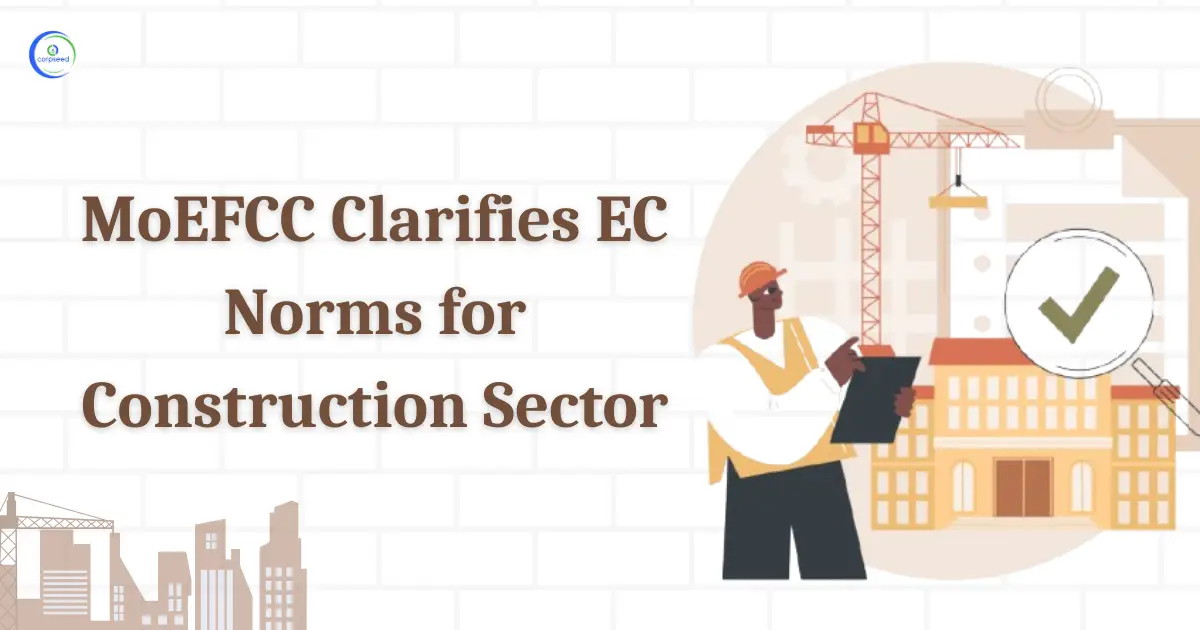
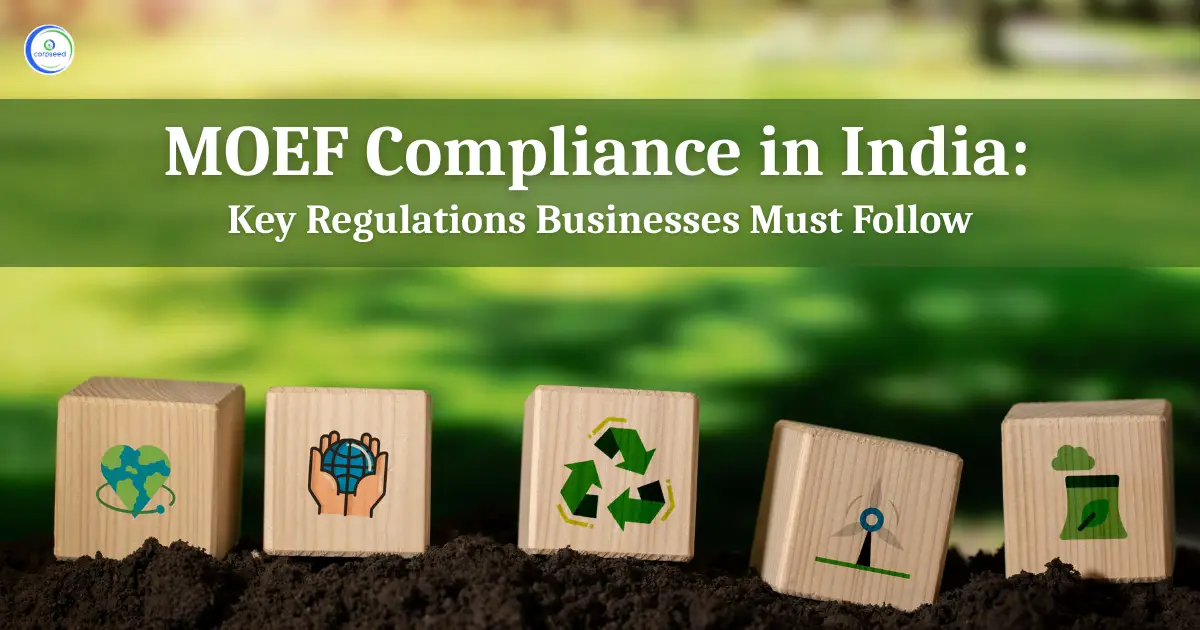
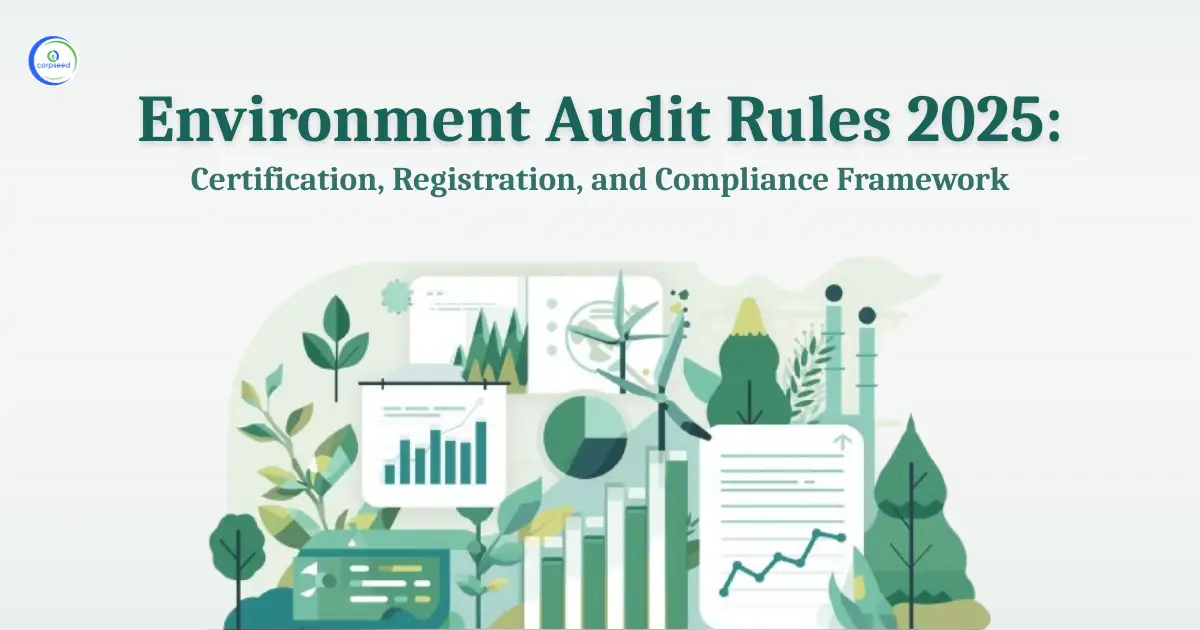
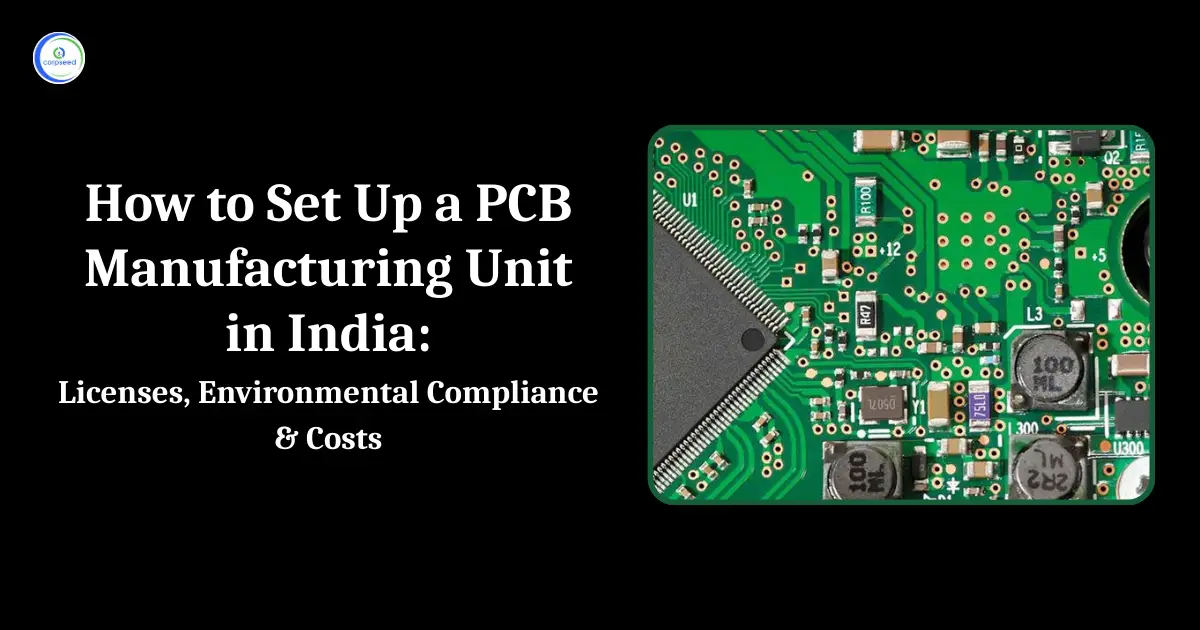
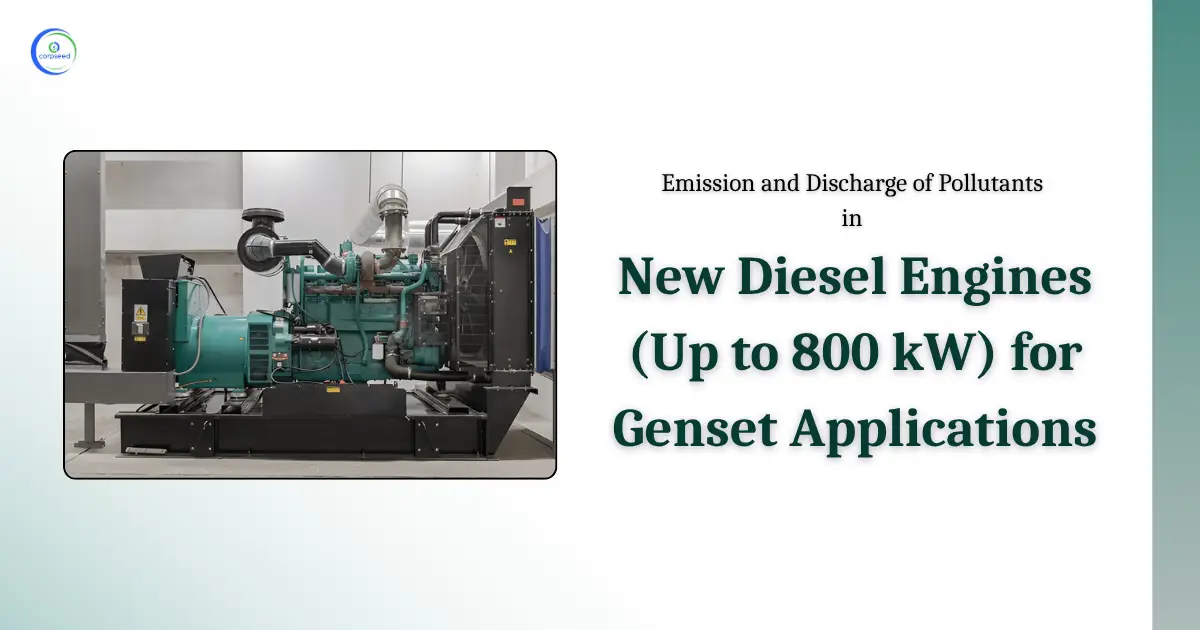
_Corpseed.webp)
.webp)
